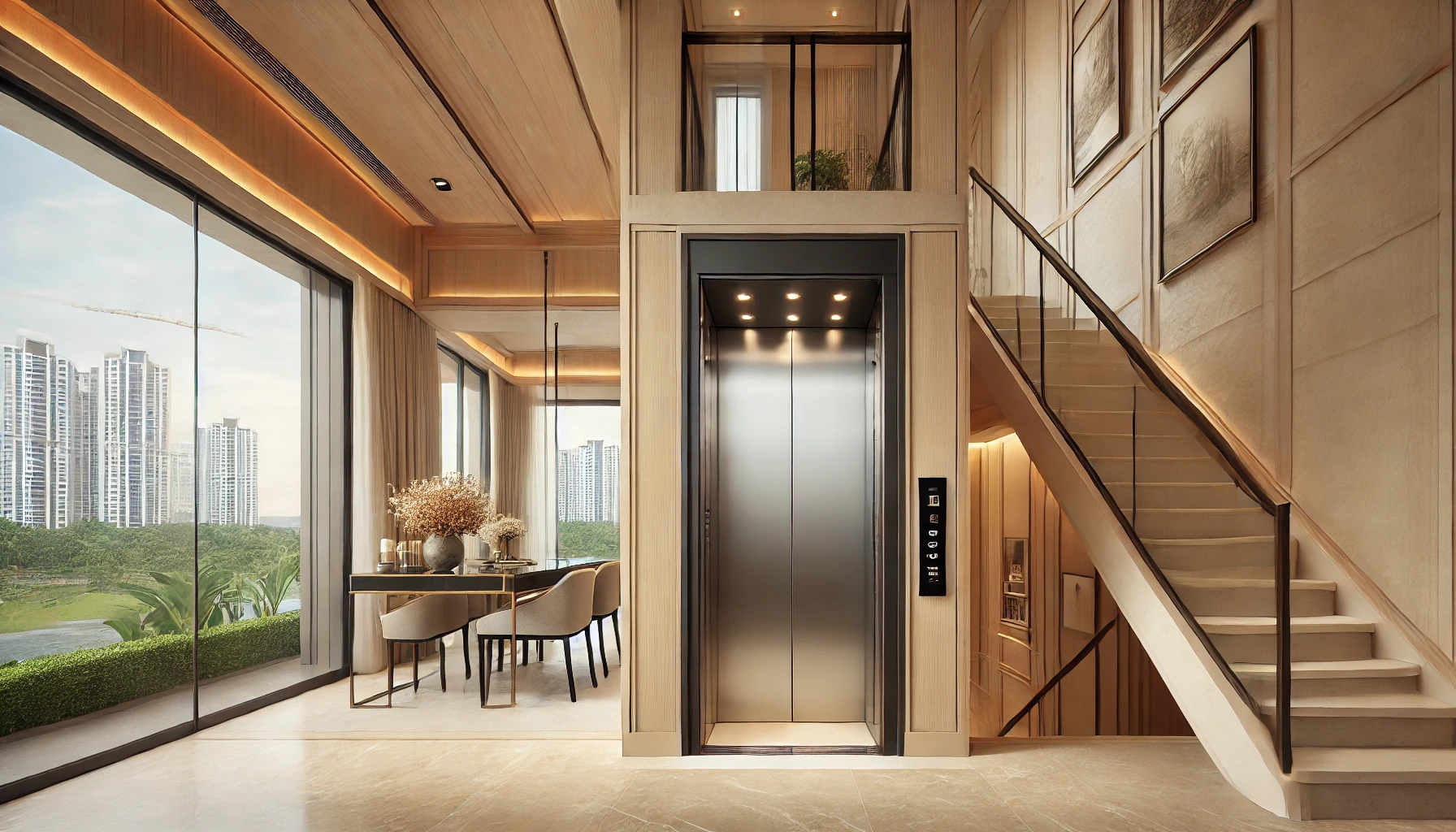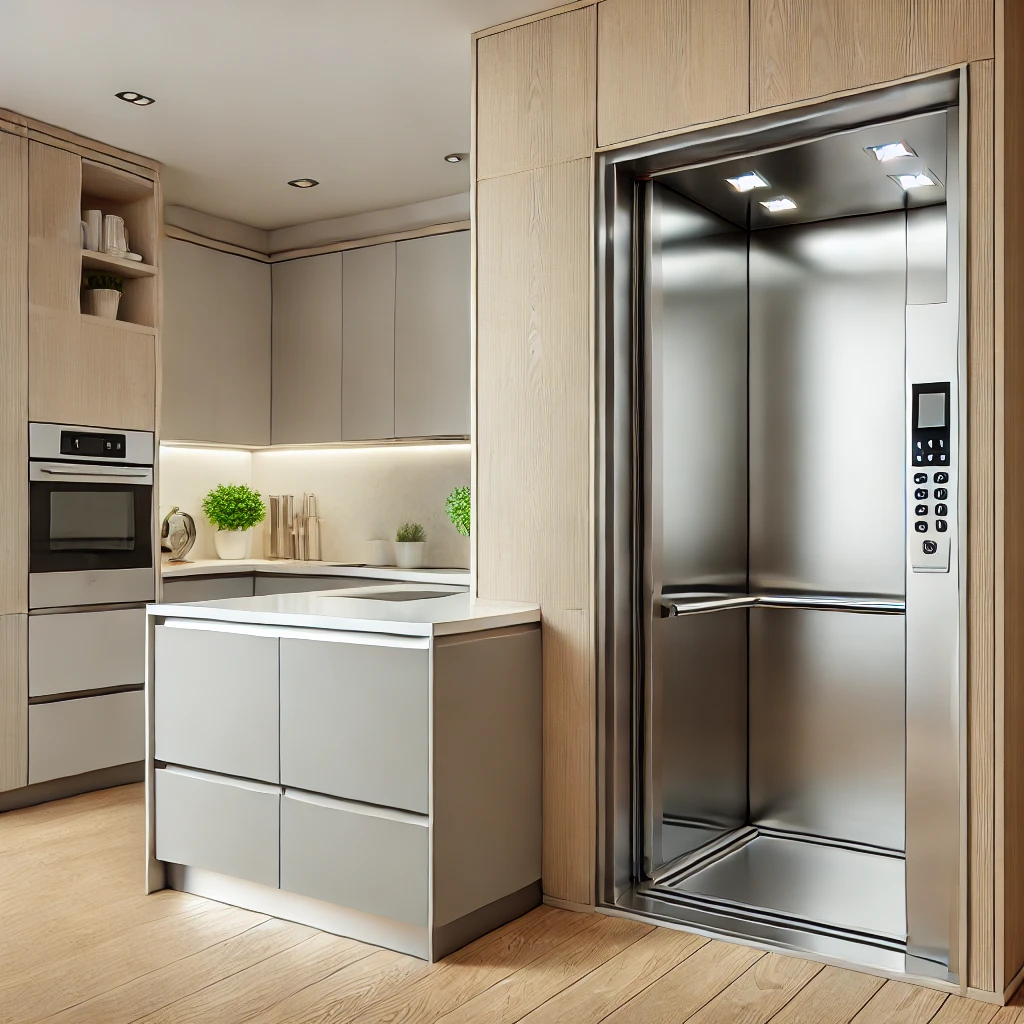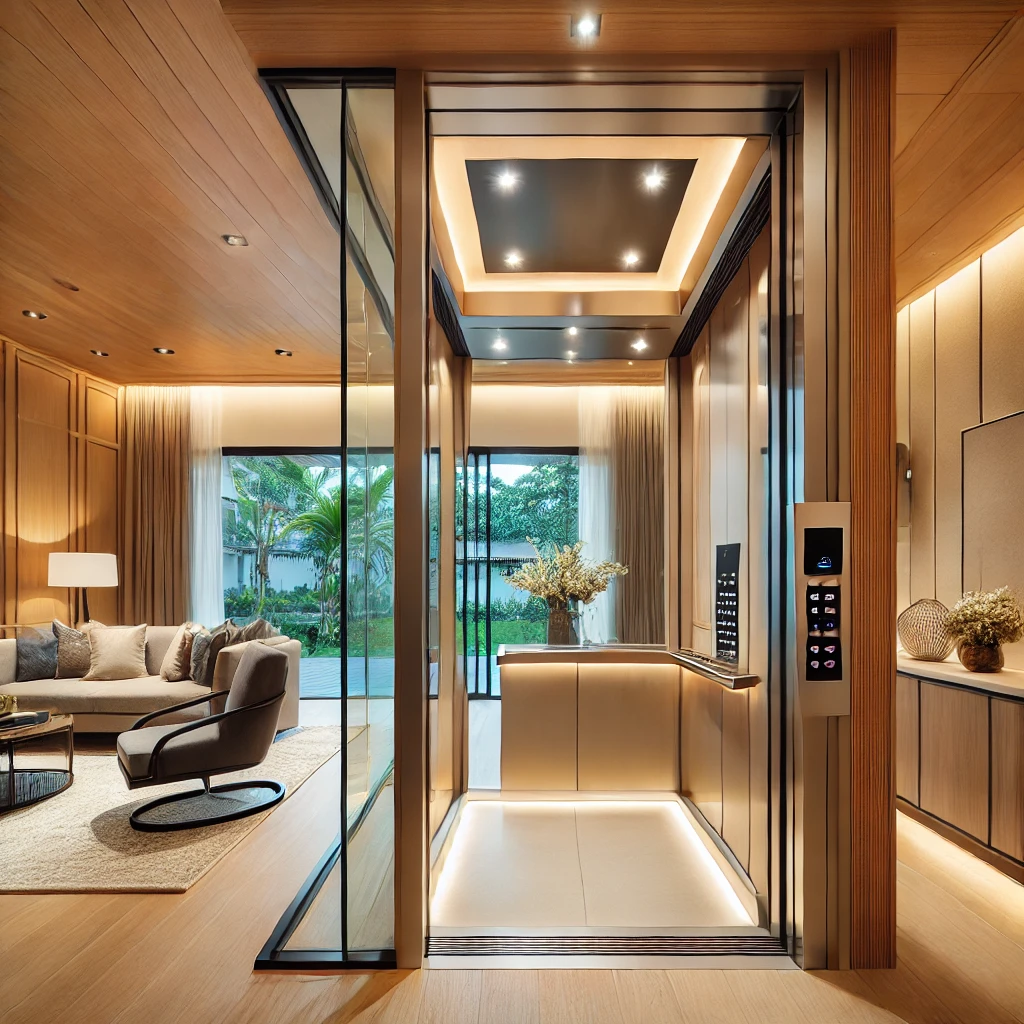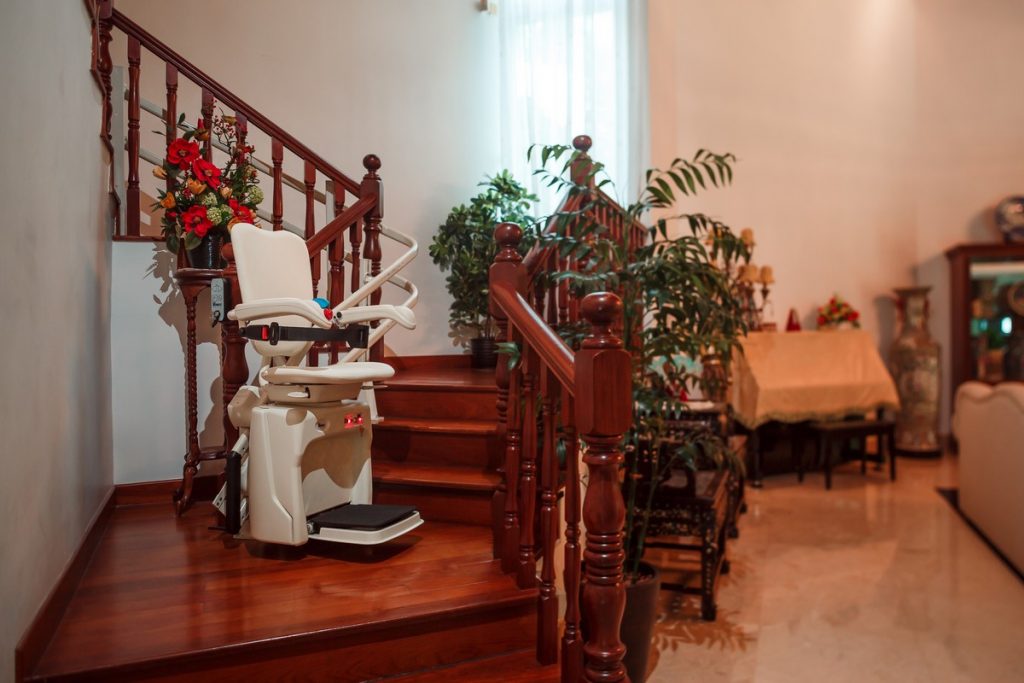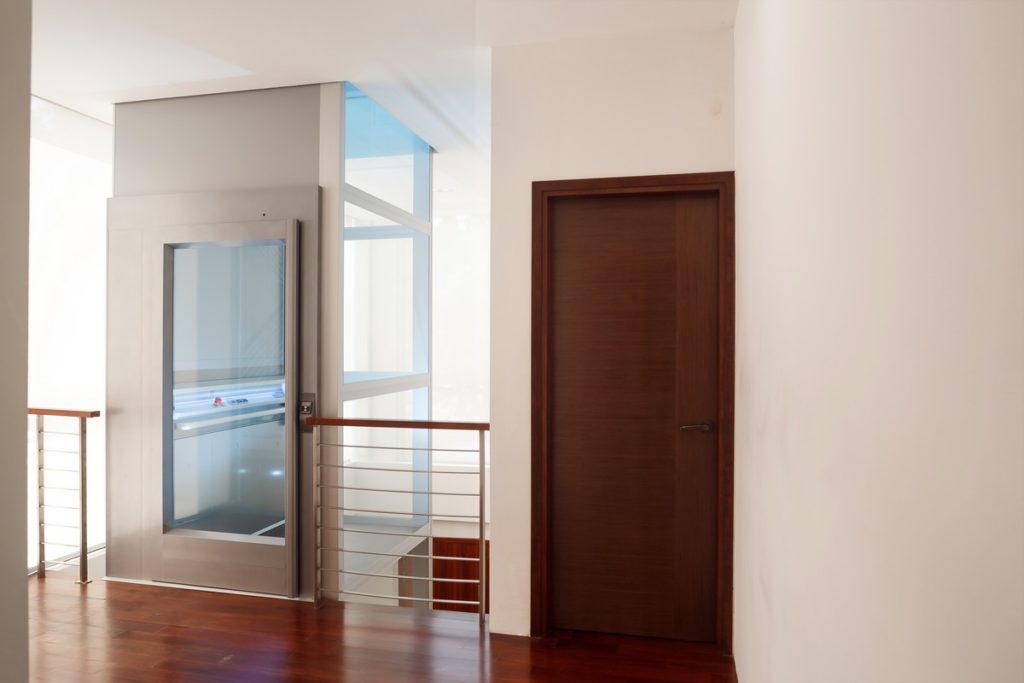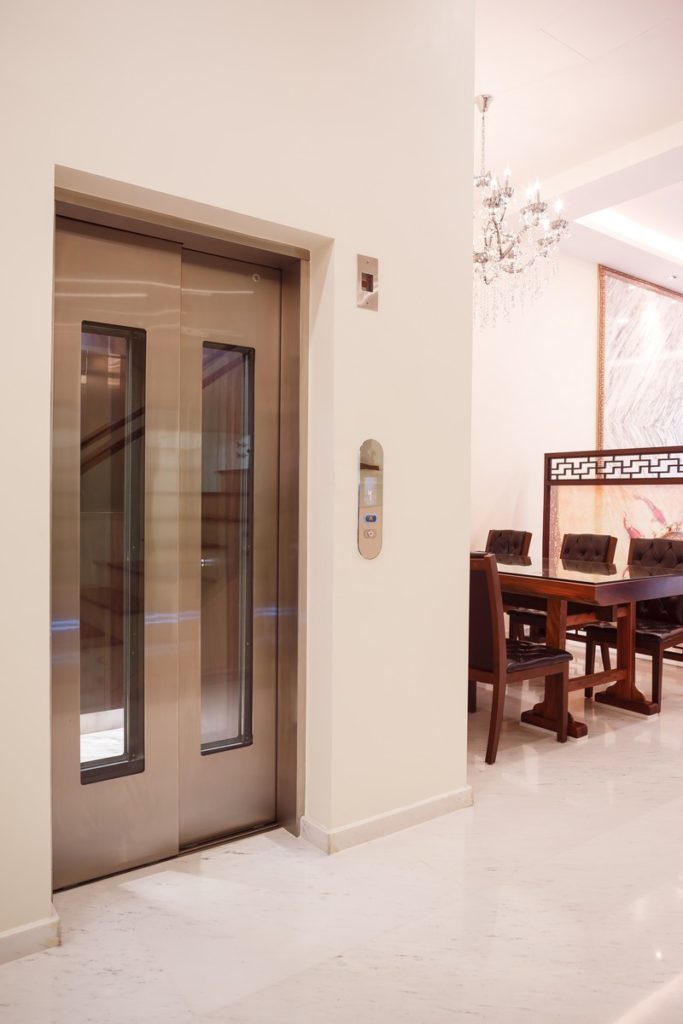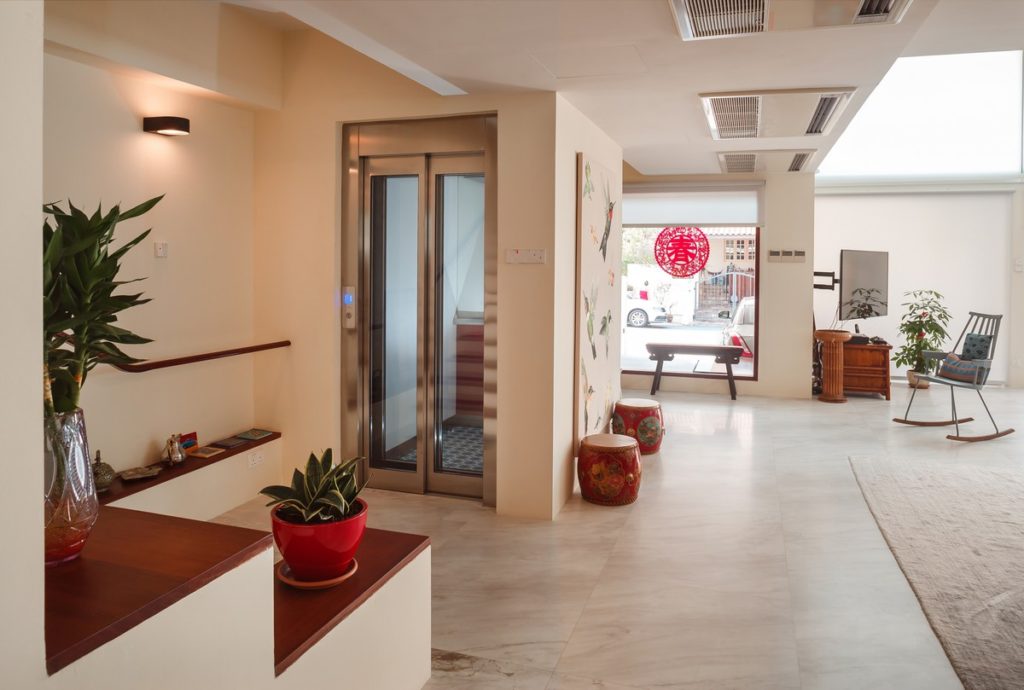The Best Home Lift Options for Singapore Homes: A Guide for Homeowners
As Singapore’s population ages and the demand for more accessible living spaces rises, homeowners are increasingly turning to home lifts as a solution. Whether it is for enhancing mobility for elderly family members, adding convenience to multi-story homes, or future-proofing a property, installing a home lift has become a practical and desirable option. In this article, we explore the best lift options available for Singapore homes, focusing on the features, benefits, and considerations that homeowners should keep in mind.
—
Understanding the Need for Home Lifts
Home lifts, also known as residential elevators, are no longer just a luxury item. They have become an essential feature for many Singaporean households, especially those with elderly members or individuals with mobility challenges. The increasing popularity of home lifts can be attributed to several factors:
– Aging Population: With Singapore’s aging population, there is a growing need for solutions that enable seniors to age in place comfortably. Home lifts offer a safe and reliable way to navigate between floors without the risk of falls or strain.
– Multi-Story Homes: Many homes in Singapore, especially landed properties and multi-level apartments, require efficient access to upper floors. A home lift adds convenience and enhances the property’s value.
– Future-Proofing: Homeowners looking to invest in their property for the long term are considering home lifts as a way to ensure that their home remains accessible as they age.
—
Types of Home Lifts Available in Singapore
When choosing a home lift, it is important to consider the various types available on the market. Each type has its own set of advantages, depending on the homeowner’s needs, space constraints, and budget.
—
1. Hydraulic Home Lifts
Hydraulic home lifts operate using a hydraulic piston that moves the lift car up and down. These lifts are known for their smooth and quiet operation, making them a popular choice for residential use. Some key features include:
– Space Efficiency: Hydraulic lifts do not require a separate machine room, making them suitable for homes with limited space.
– Smooth Ride: The hydraulic system provides a gentle and quiet ride, which is especially important for elderly users.
– Emergency Lowering: In the event of a power outage, hydraulic lifts can be manually lowered, ensuring safety for users.
—
2. Traction Home Lifts
Traction home lifts are driven by a system of cables and counterweights, similar to those used in commercial elevators. These lifts are known for their reliability and energy efficiency. Key benefits include:
– Energy Efficiency: Traction lifts consume less power compared to hydraulic lifts, making them a more environmentally friendly option.
– Higher Speeds: Traction lifts typically operate faster than hydraulic lifts, which is beneficial in multi-story homes.
– Durability: The robust design of traction lifts makes them highly durable and suitable for homes with higher usage demands.
—
3. Pneumatic Vacuum Lifts
Pneumatic vacuum lifts are a relatively new technology that uses air pressure to move the lift car between floors. These lifts are gaining popularity for their sleek design and easy installation. Key features include:
– Minimal Installation Requirements: Pneumatic lifts do not require a shaft or pit, making them ideal for retrofitting into existing homes.
– 360-Degree Visibility: The transparent lift car offers a panoramic view, adding a modern and stylish touch to any home.
– Energy Efficiency: Pneumatic lifts use minimal energy, as they require power only during ascent and rely on gravity for descent.
—
4. Platform Lifts
Platform lifts, also known as wheelchair lifts, are designed specifically for individuals with mobility impairments. These lifts provide a safe and convenient way to navigate between floors while remaining seated in a wheelchair. Key benefits include:
– Accessibility: Platform lifts are designed to accommodate wheelchairs, making them ideal for homes with disabled residents.
– Easy Installation: These lifts can be installed with minimal structural modifications, making them a cost-effective solution for many homeowners.
– Safety Features: Platform lifts come equipped with safety barriers, non-slip surfaces, and easy-to-use controls to ensure the safety of the user.
—
Key Considerations When Choosing a Home Lift
Selecting the right home lift involves more than just choosing a type. Homeowners should consider several factors to ensure they choose a lift that meets their needs and enhances their home’s functionality.
—
1. Space and Design Constraints
One of the first things to consider is the available space in your home. Different types of lifts have varying space requirements, with some needing a shaft or pit and others requiring minimal structural changes. It is important to choose a lift that fits seamlessly into your home’s existing architecture without compromising on space.
—
2. User Needs and Preferences
The needs of the users will play a significant role in determining the type of lift to install. For example, if the lift is primarily for an elderly person or someone with mobility challenges, safety features like emergency stops, handrails, and easy-to-use controls should be prioritized. Additionally, consider the lift’s load capacity to ensure it can comfortably accommodate all users.
—
3. Budget and Long-Term Costs
Home lifts can vary significantly in price, depending on the type, features, and installation requirements. It is important to establish a budget before starting your search. However, it is also crucial to consider long-term costs, such as maintenance, energy consumption, and potential repairs. Choosing a lift with a good balance of upfront cost and long-term efficiency can provide better value over time.
—
4. Aesthetic Integration
A home lift should not only be functional but also complement your home’s interior design. Many modern lifts offer customization options, allowing you to choose finishes, colours, and materials that match your home’s style. Whether you prefer a sleek, modern design or a more traditional look, there are options available to suit every taste.
—
5. Safety and Compliance
Safety is paramount when it comes to home lifts. Ensure that the lift you choose meets all relevant safety standards and regulations in Singapore. Look for features like emergency lowering systems, overload protection, and automatic braking. Additionally, consider the reputation of the supplier and installer to ensure you receive a lift that is safe, reliable, and compliant with local regulations.
—
Making the Right Choice for Your Home
Installing a home lift is a significant investment that can greatly enhance the accessibility, convenience, and value of your property. By understanding the different types of lifts available, considering key factors such as space, user needs, and budget, and choosing a reputable supplier like Swee Hin, you can make an informed decision that meets your specific requirements.
Whether you are looking to future-proof your home, accommodate elderly family members, or simply add a touch of luxury, the right home lift can make all the difference. Set up a consultation with Swee Hin today to explore the best lift options for your Singapore home and take the first step toward a more accessible and comfortable living space.

